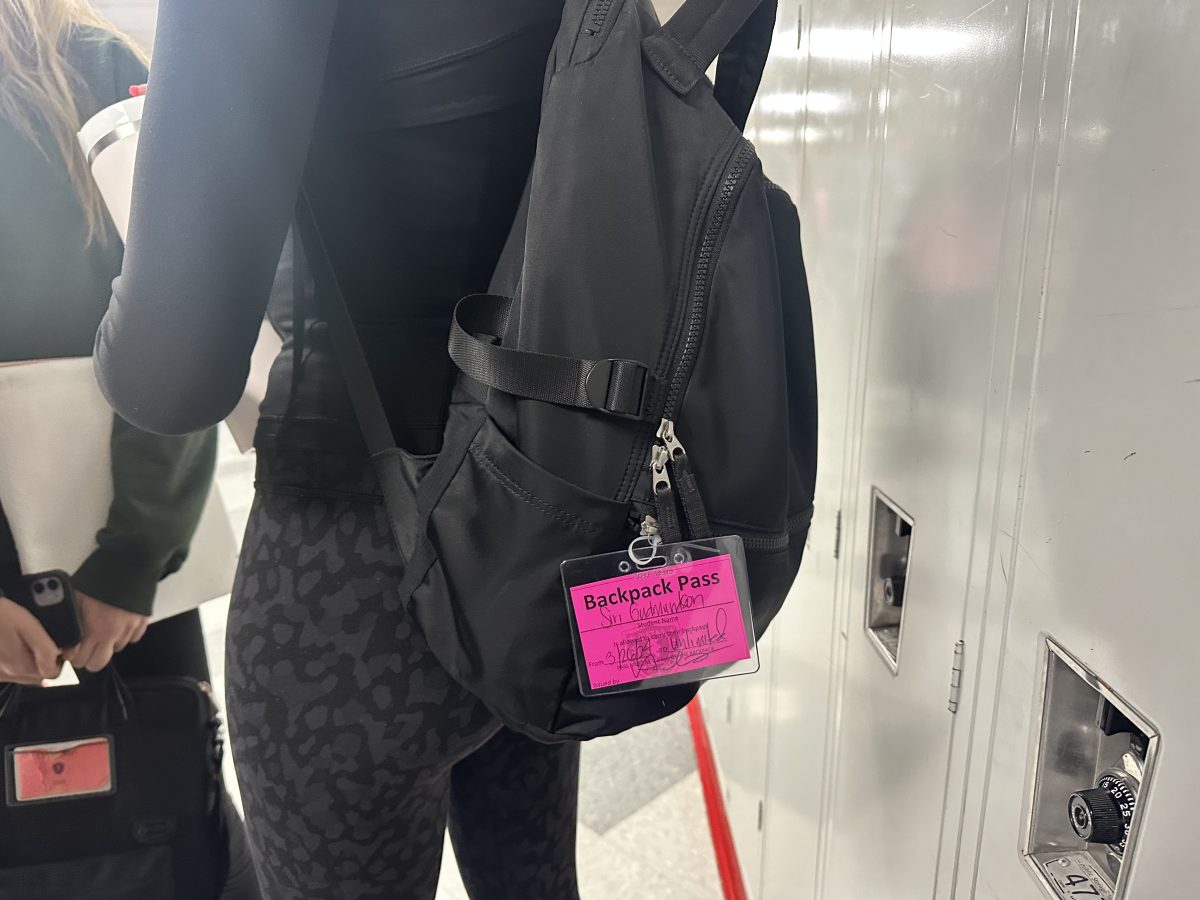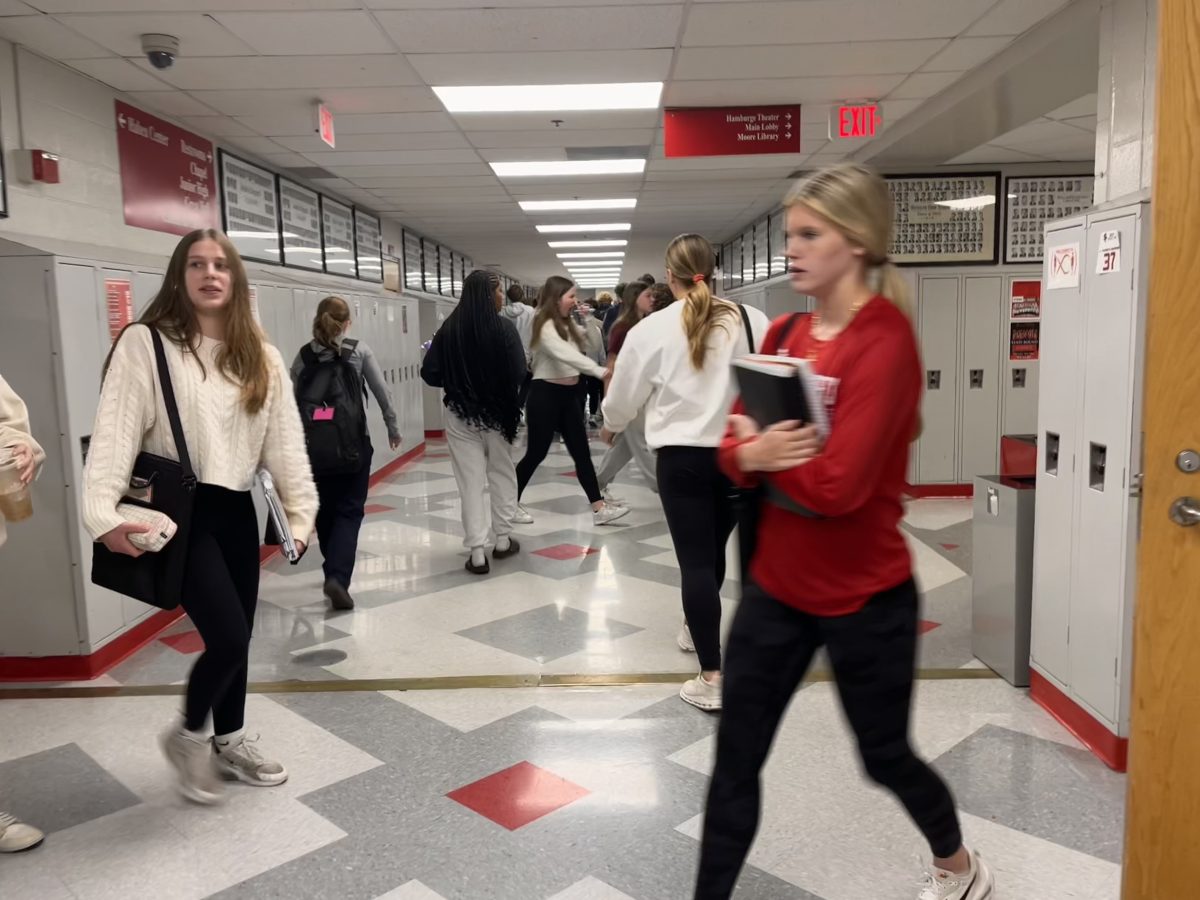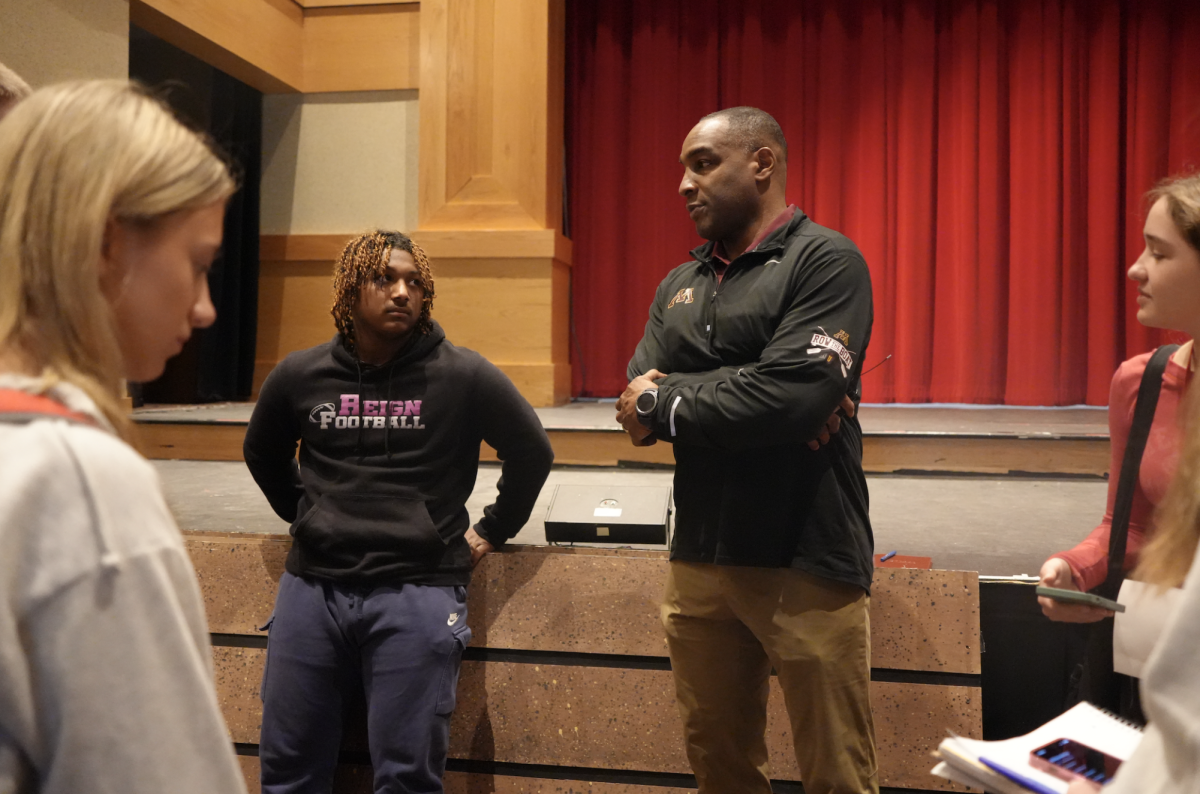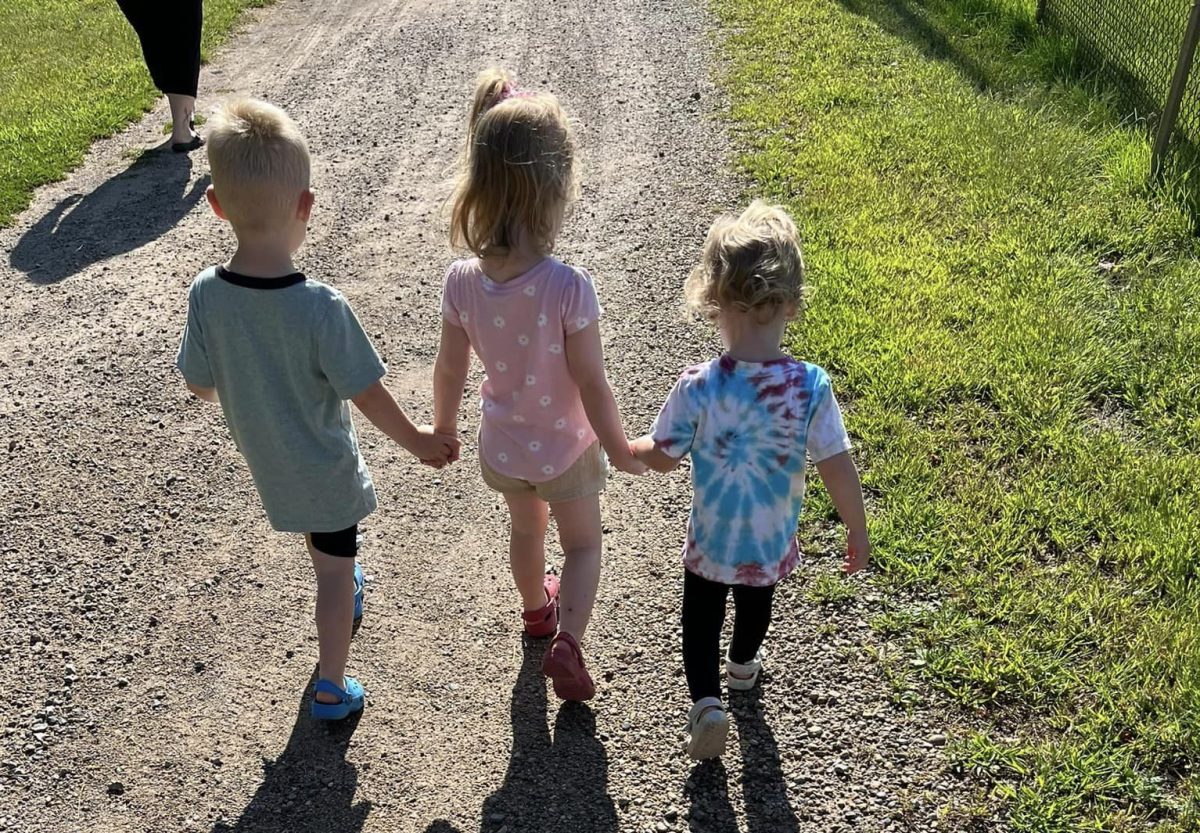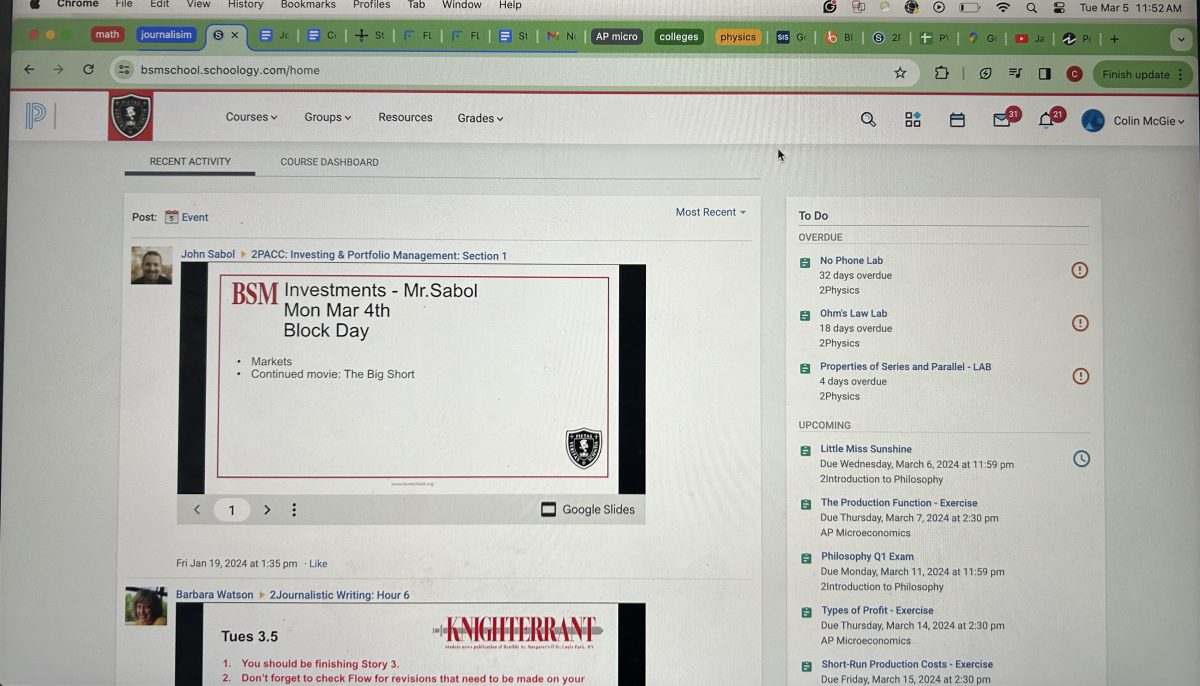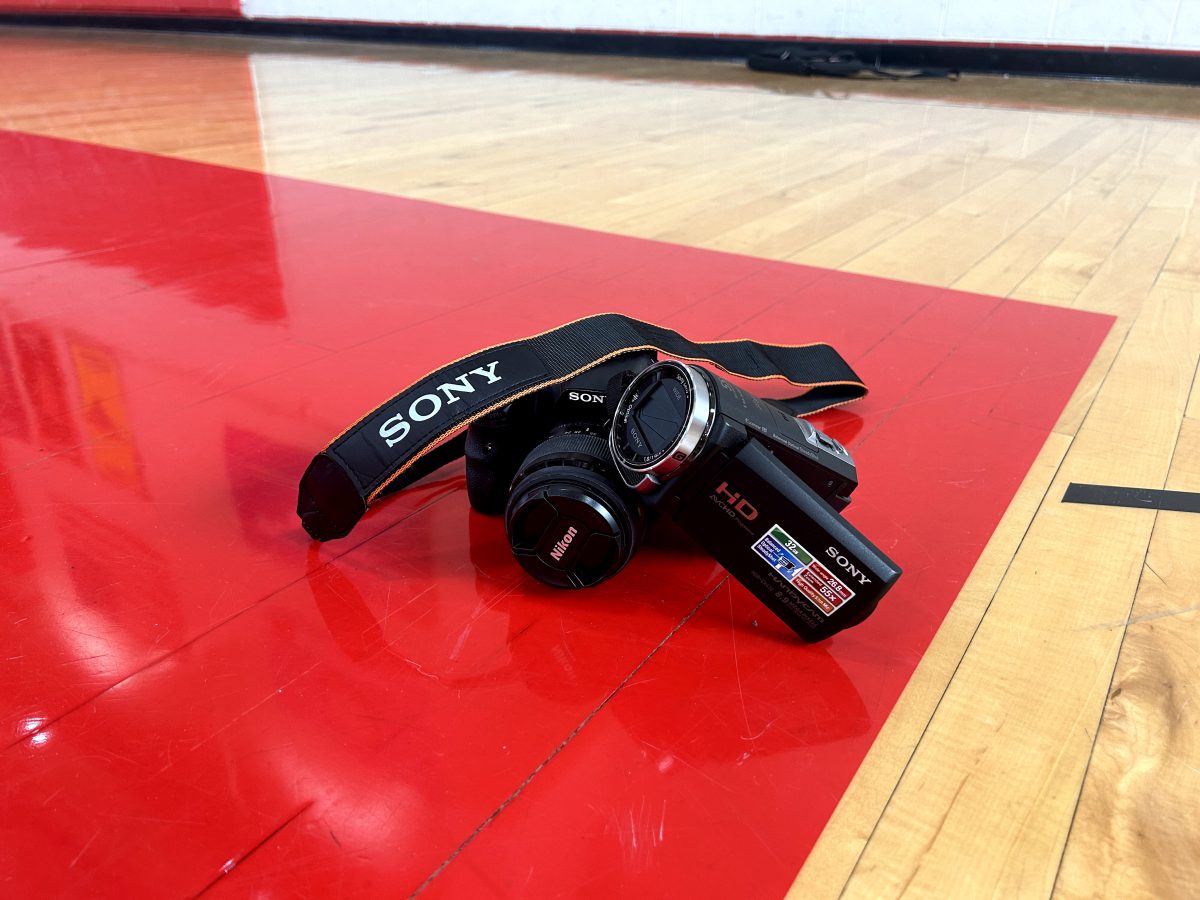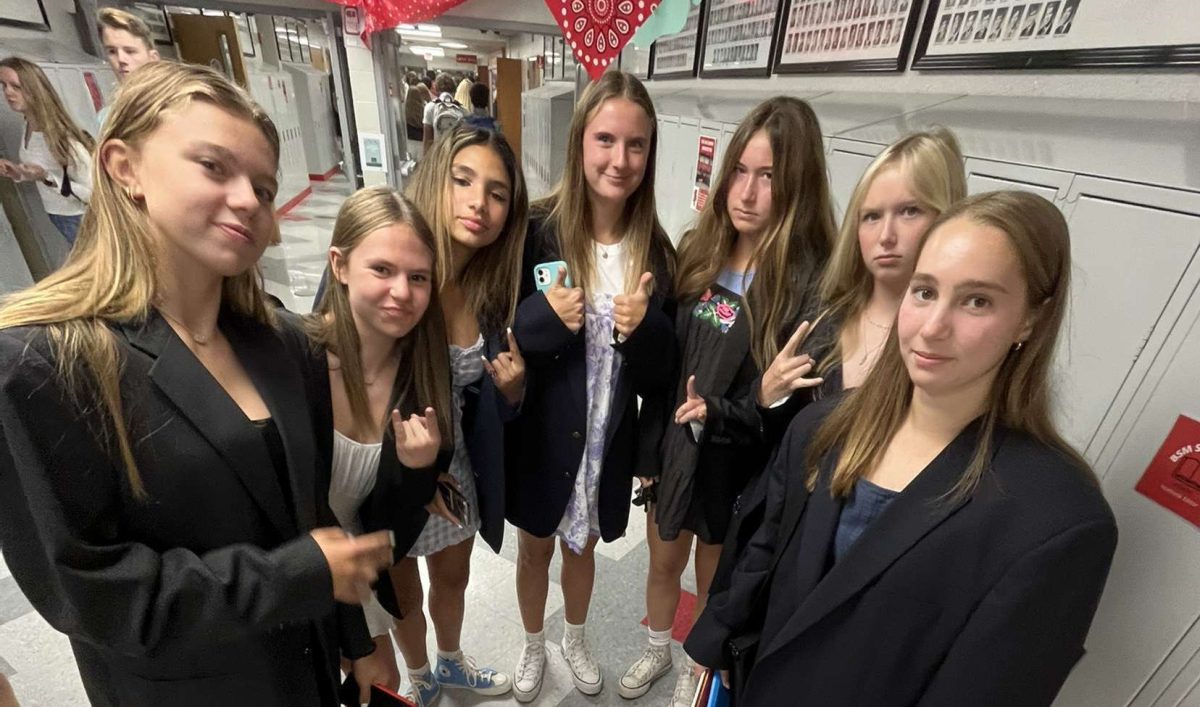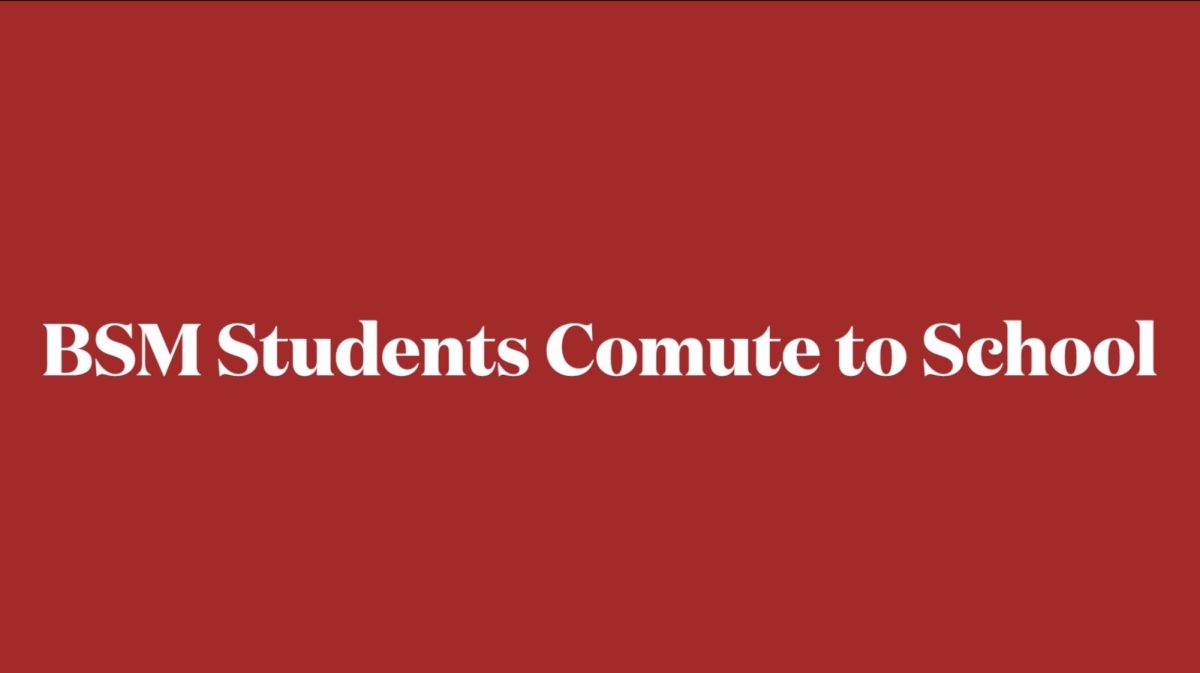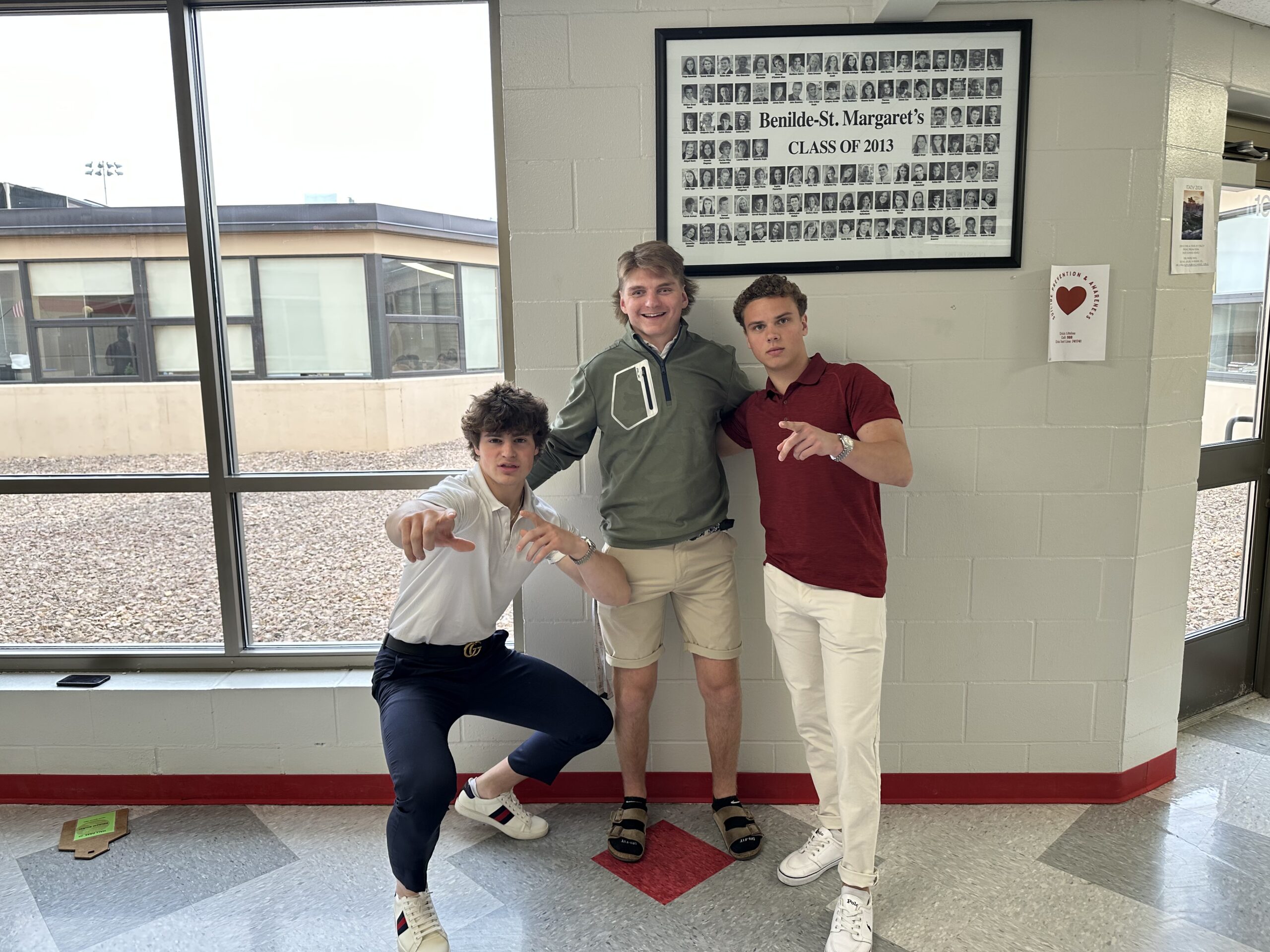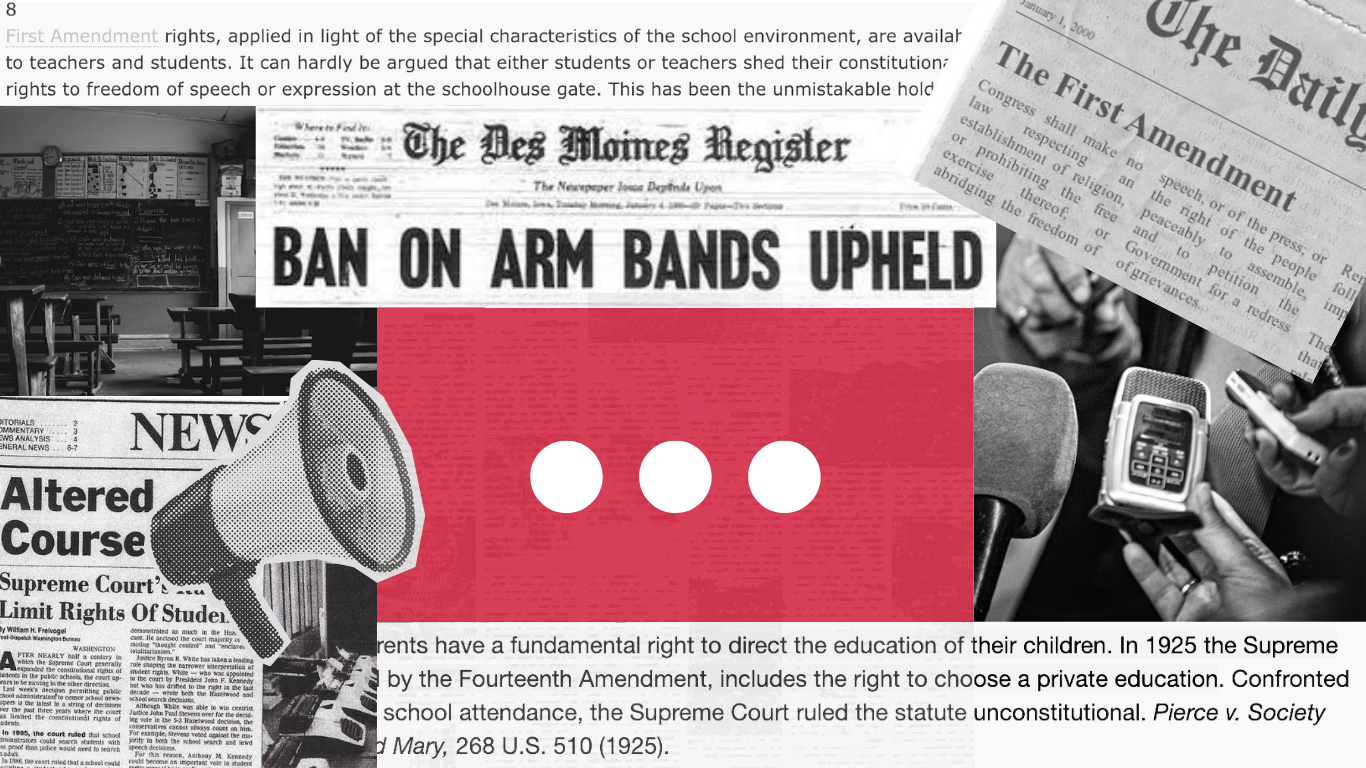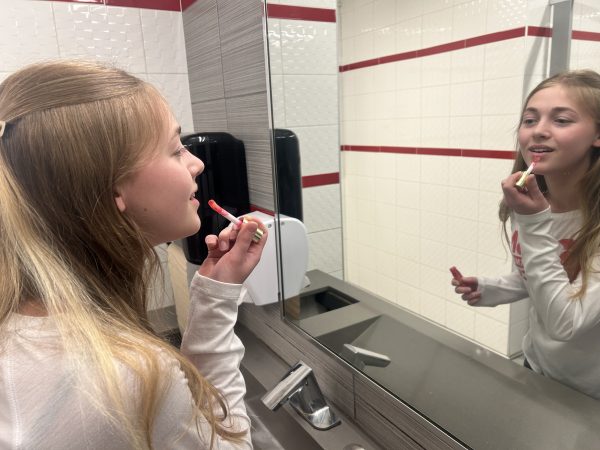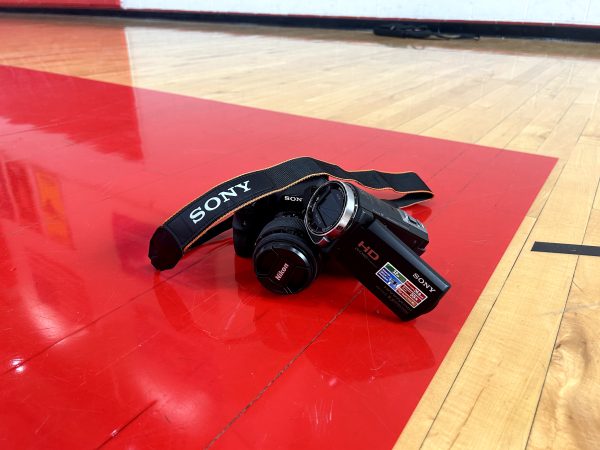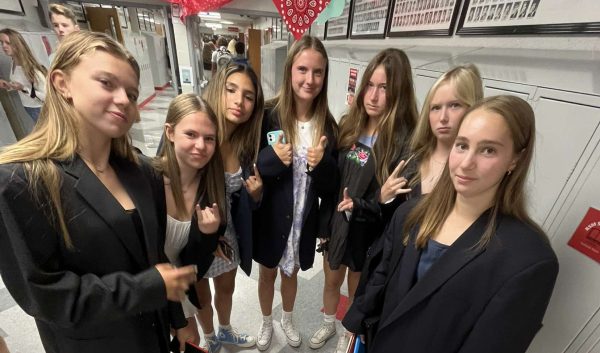Juniors participate in 35 hours of service
Juniors in Discipleship are assigned 35 hours of service work. Students complete this work at various sites around the Twin Cities.
December 20, 2018
Because BSM has always put a specific emphasis on its dedication to service, there are students doing real work in a variety of different fields. The faculty and staff provide students with countless opportunities to make an impact on those in need. A large part of that impact comes from the famous 35 hours of service that every junior student in the Discipleship in Society class is required to complete.
A common opinion on the class is that those hours come with both positives and negatives. “[It can be] hard to keep up with due dates because there aren’t that many reminders, but it’s fun to serve,” junior Sam Siegel-Horne said.
Siegel-Horne chose to volunteer at the Our Savior’s Housing organization in South Minneapolis. “It’s good that we’re required to serve. A lot of people are working directly with homeless people, and it gives them a very different perspective on those types of people than just seeing them on the streets,” Siegel-Horne said.
Junior Kalam Storrs, working with Missions INC Homefree, a shelter for battered women, and he realizes that looking after the children of these women has made him more appreciative of the his own life. “Seeing the children playing with one toy or a broken toy, then going up to sleep in a room with five other people makes me realize how grateful I should feel that I’m privileged enough to sleep in my own bed at night and have food to eat,” Storrs said.
Along with a service requirement, students must complete different activities and assignments that require them to talk about specific things they did at their service sights. “Every Tuesday we have to post our service hour count to a class document and answer some questions about our service that week,” junior Morgan Anderson said.
Students are encouraged to share things that they might be learning or are enjoying about their service. “We’ll usually be asked about a specific story, or moment during our service that made it stand out that week. We also sometimes have group leaders that lead discussions about individual service experiences,” Anderson, who chose Jones-Harrison Senior Living Residence as her service site, said.
Not only are students learning from experience through their service work, but the class lessons consist of learning about different types of marginalized people in our immediate community, and in the rest of world alike. “We watch a lot of documentaries and read a lot of personal stories about poor and marginalized people, and we learned about some of the stereotypes that surround them, and how they fulfill and dispute those stereotypes,” Anderson said.
A common response to the question of the most important takeaway from the class so far was how it has opened kids’ eyes a little more about what’s really happening in the outside world. “We learned about the refugees in Minnesota, and it was kind of crazy. I didn’t realize that I was as sheltered as I was––to the point where I didn’t really know about people even in my own community,” Anderson said.
Whether through service work or through in-class lessons, the real-world knowledge retained in this class is valued highly by all students. “[Discipleship]’s given me a lot of life lessons that I can carry with me throughout my entire life,” Storrs said.


